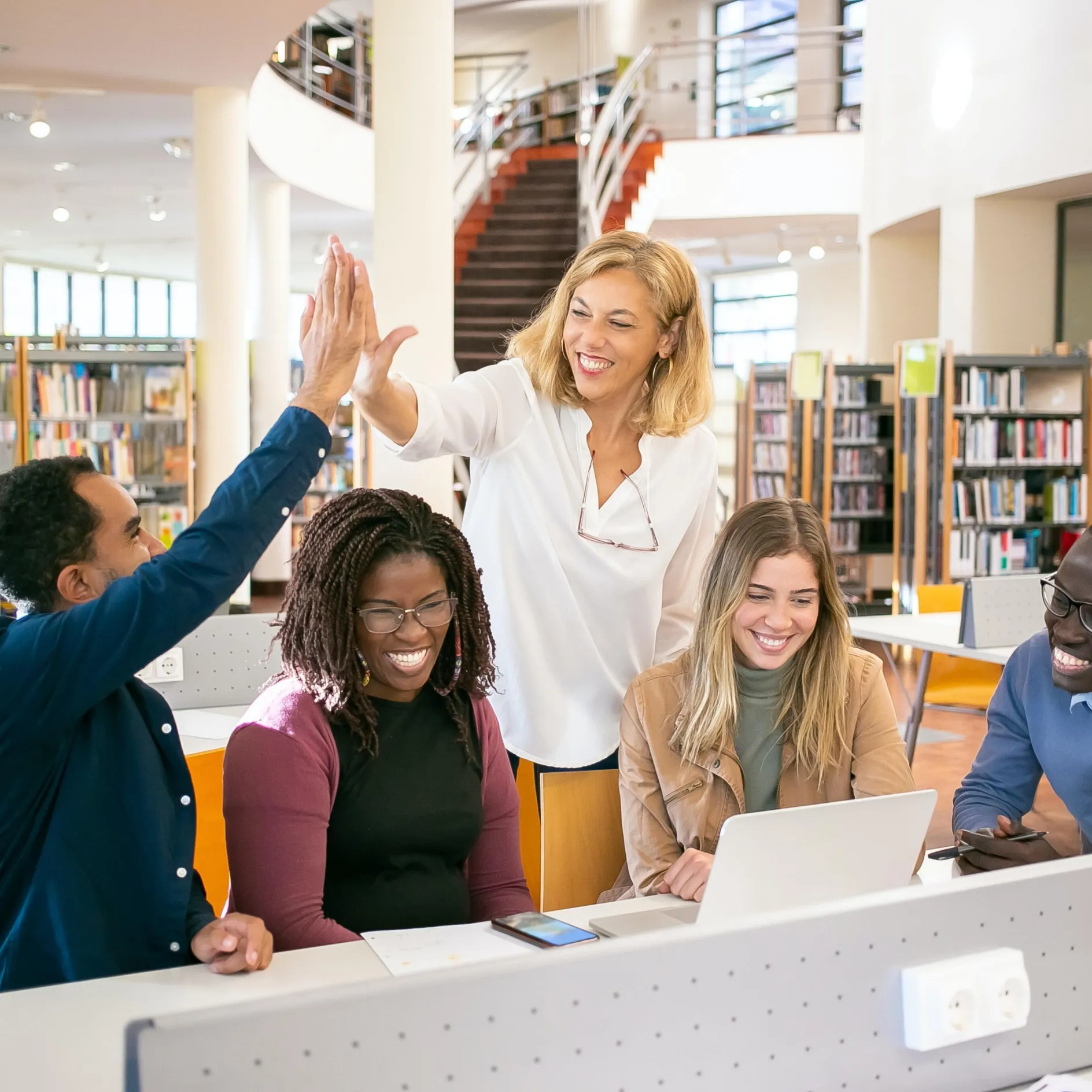Heading 1
Heading 2
Heading 3
Heading 4
Heading 5
Heading 6
Lorem ipsum dolor sit amet, consectetur adipiscing elit, sed do eiusmod tempor incididunt ut labore et dolore magna aliqua. Ut enim ad minim veniam, quis nostrud exercitation ullamco laboris nisi ut aliquip ex ea commodo consequat. Duis aute irure dolor in reprehenderit in voluptate velit esse cillum dolore eu fugiat nulla pariatur.
Block quote
Ordered list
- Item 1
- Item 2
- Item 3
Unordered list
- Item A
- Item B
- Item C
Bold text
Emphasis
Superscript
Subscript
About This Simulation
Life is hard when you need to constantly work to maintain your body temperature and keep your energy levels in check. Think like a gecksi, make wise choices and try to keep the gecksi alive in three challenging environments!
Learning Objectives
- Explain changes in microclimate over small spatial scales and predict how this would influence the energy and water budgets of an organism
- Identify ways that an organism can regulate its body temperature in a given environment and discuss the costs and benefits of each strategy
- Predict and analyze the thermoregulatory behavior of an animal in a natural environment
About This Simulation
Lab Techniques
- Energy and temperature budget analysis
Related Standards
- No direct alignment
- Big Idea 4: Systems interactions
- Potentially too high level, but could support:
- No direct alignment
Learn More About This Simulation
Gecksis need to constantly make decisions to maintain body temperature as well as water and energy levels within physiological ranges. In this simulation, you will learn about the different behaviors that can be adopted to achieve thermoregulation and then put your knowledge to the test in death-defying scenarios. Best of luck!
Collect data to build a biodome
On a newly discovered exoplanet similar to Earth, Astakos IV, there are many exciting organisms to be studied. A biodome will be built on Earth to showcase all this biodiversity, but first we need to learn about the specific habitat requirements and physiological ranges for each organism, so that you can create the optimal conditions. One such organism, the gecksi, is able to live in three different environments by performing a variety of behaviors in order to regulate its body temperature.
Watch out for that predator!
Once you have learned the basics about gecksis and thermoregulation, you will be challenged to keep a gecksi alive within appropriate ranges of temperature and energy. You will begin your work in the desert, where there isn’t a lot of shade, food or water. Then, in the shrubland, a richer environment, the gecksi has more to choose from: rocks to bask on, nests to cool down in, and tastier food. Changing color to retain more or less heat is also a cool trick that it can do! The final environment, the forest, looks very safe and has lots of food, but in order to warm up, the gecksi must venture out into the sunny clearing, where predators lurk. Will you be able to keep the gecksi healthy and escape the predators?
Models versus real life
After having experienced what it’s like to be a gecksi, you will be familiar with research using modelling to predict thermoregulatory behavior and know how that compares to behavior of real organisms in the field.
For Science Programs Providing a Learning Advantage
Boost STEM Pass Rates
Boost Learning with Fun
75% of students show high engagement and improved grades with Labster
Discover Simulations That Match Your Syllabus
Easily bolster your learning objectives with relevant, interactive content
Place Students in the Shoes of Real Scientists
Practice a lab procedure or visualize theory through narrative-driven scenarios


FAQs
Find answers to frequently asked questions.
Heading 1
Heading 2
Heading 3
Heading 4
Heading 5
Heading 6
Lorem ipsum dolor sit amet, consectetur adipiscing elit, sed do eiusmod tempor incididunt ut labore et dolore magna aliqua. Ut enim ad minim veniam, quis nostrud exercitation ullamco laboris nisi ut aliquip ex ea commodo consequat. Duis aute irure dolor in reprehenderit in voluptate velit esse cillum dolore eu fugiat nulla pariatur.
Block quote
Ordered list
- Item 1
- Item 2
- Item 3
Unordered list
- Item A
- Item B
- Item C
Bold text
Emphasis
Superscript
Subscript
A Labster virtual lab is an interactive, multimedia assignment that students access right from their computers. Many Labster virtual labs prepare students for success in college by introducing foundational knowledge using multimedia visualizations that make it easier to understand complex concepts. Other Labster virtual labs prepare learners for careers in STEM labs by giving them realistic practice on lab techniques and procedures.
Labster’s virtual lab simulations are created by scientists and designed to maximize engagement and interactivity. Unlike watching a video or reading a textbook, Labster virtual labs are interactive. To make progress, students must think critically and solve a real-world problem. We believe that learning by doing makes STEM stick.
Yes, Labster is compatible with all major LMS (Learning Management Systems) including Blackboard, Canvas, D2L, Moodle, and many others. Students can access Labster like any other assignment. If your institution does not choose an LMS integration, students will log into Labster’s Course Manager once they have an account created. Your institution will decide which is the best access method.
Labster is available for purchase by instructors, faculty, and administrators at education institutions. Purchasing our starter package, Labster Explorer, can be done using a credit card if you are located in the USA, Canada, or Mexico. If you are outside of North America or are choosing a higher plan, please speak with a Labster sales representative. Compare plans.
Labster supports a wide range of STEM courses at the high school, college, and university level across fields in biology, chemistry, physics, and health sciences. You can identify topics for your courses by searching our Content Catalog.















